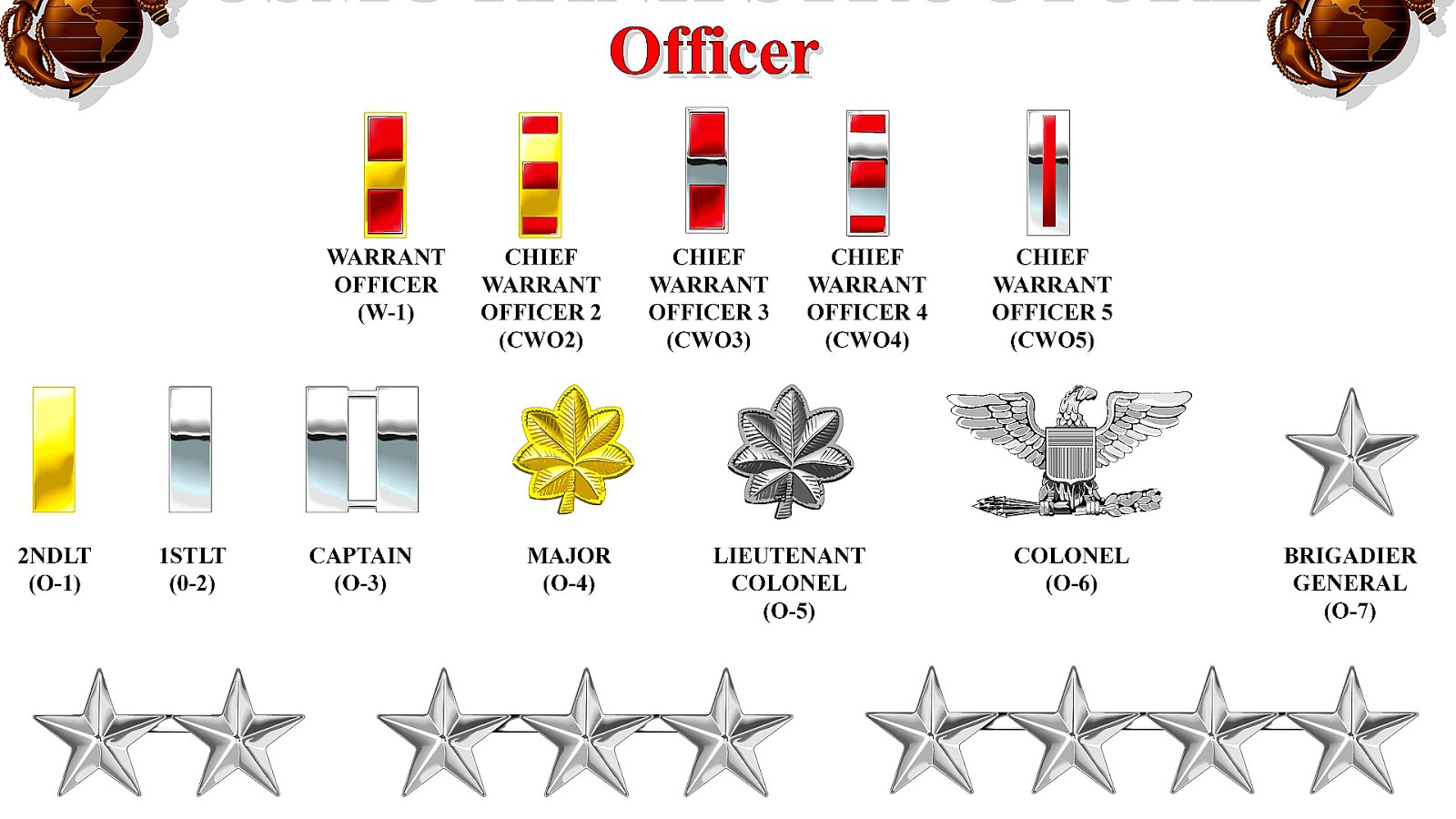Military
5 Marine Corps Units

Introduction to the Marine Corps Units

The United States Marine Corps is a branch of the US military responsible for providing power projection from the sea, utilizing the mobility of the US Navy to deliver combined-arms task forces rapidly. The Marine Corps is known for its elite warriors and robust organizational structure, which includes various units designed to achieve specific military objectives. In this blog post, we will explore five key Marine Corps units and their roles, highlighting their importance in the military’s overall strategy.
MARSOC: The Marine Corps Forces Special Operations Command

MARSOC, or the Marine Corps Forces Special Operations Command, is the principal special operations force of the United States Marine Corps. Established in 2006, MARSOC’s primary mission is to provide specially trained and educated forces to conduct special operations in support of the national defense. This includes conducting counterterrorism, direct action, special reconnaissance, and foreign internal defense. MARSOC operators, known as Critical Skills Operators (CSOs) or Special Operations Officers, undergo rigorous training to prepare them for the most demanding missions.
1st Marine Division

The 1st Marine Division is the oldest, largest, and most decorated division in the United States Marine Corps, with a storied history dating back to World War I. Headquartered at Marine Corps Base Camp Pendleton, California, the division is part of the I Marine Expeditionary Force (I MEF). The 1st Marine Division is a multi-role, expeditionary ground combat force that is capable of conducting operations across the range of military operations. It is composed of four regiments: the 1st, 5th, 7th, and 11th Marine Regiments, each bringing unique capabilities to the division.
2nd Marine Aircraft Wing

The 2nd Marine Aircraft Wing (2nd MAW) is a major component of the Marine Corps’ air power, providing aviation support to the II Marine Expeditionary Force (II MEF). Based at Marine Corps Air Station Cherry Point, North Carolina, the 2nd MAW consists of four aircraft groups, each with its own mix of fighter, attack, transport, and helicopter squadrons. The wing’s mission is to conduct anti-air warfare, offensive support, assault support, electronic warfare, and control of aircraft and missiles in support of Marine Corps and joint operations.
III Marine Expeditionary Force

The III Marine Expeditionary Force (III MEF) is a major command of the United States Marine Corps and is one of the three MEFs in the Marine Corps. Headquartered on Okinawa, Japan, III MEF is forward-deployed and serves as the primary Marine Corps force in the Asia-Pacific region. III MEF is composed of the 31st Marine Expeditionary Unit, the only continuously forward-deployed MEU in the Marine Corps, and the 3rd Marine Division, among other units. Its mission includes deterrence, power projection, and crisis response across the Indo-Pacific Command area of operations.
Force Reconnaissance

Force Reconnaissance is the elite reconnaissance element of the United States Marine Corps, tasked with conducting deep reconnaissance and direct action missions behind enemy lines. These units are trained to gather critical information on enemy forces, conduct unconventional operations, and if necessary, perform direct action missions such as raids and ambushes. Force Recon Marines are among the most highly trained members of the Marine Corps, with skills that include parachuting, diving, and combat diving, as well as expertise in special reconnaissance, close quarters battle, and advanced first aid.
| Unit Name | Primary Role |
|---|---|
| MARSOC | Special Operations |
| 1st Marine Division | Expeditionary Ground Combat |
| 2nd Marine Aircraft Wing | Aviation Support |
| III Marine Expeditionary Force | Expeditionary Operations in the Asia-Pacific |
| Force Reconnaissance | Deep Reconnaissance and Direct Action |

📝 Note: The Marine Corps' organizational structure and the roles of its units are subject to change based on strategic needs and operational requirements.
In summary, the Marine Corps’ diverse units play crucial roles in achieving military objectives, from special operations and expeditionary combat to aviation support and deep reconnaissance. Each unit brings unique capabilities and expertise, making the Marine Corps a versatile and powerful force in modern military operations. Understanding these units and their missions provides insight into the complexity and effectiveness of the Marine Corps in fulfilling its role as an expeditionary force-in-readiness.



